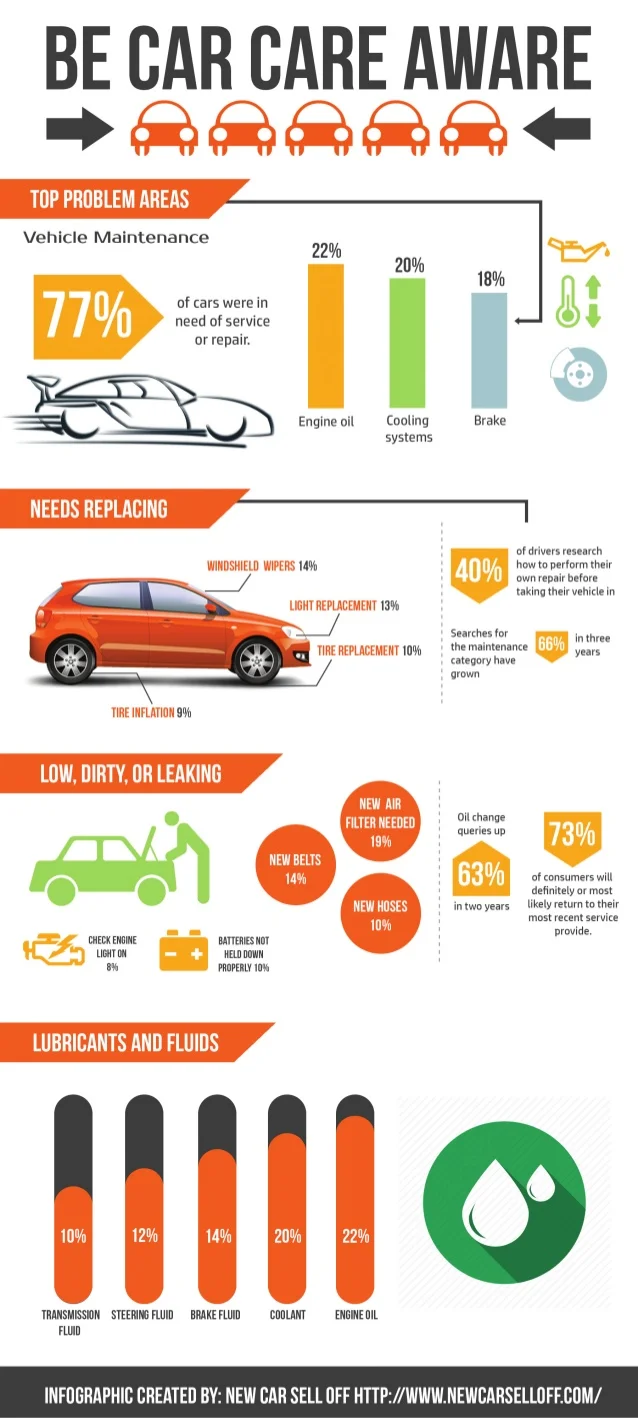Analyzing Your Car'S Warning Indicators: What They Really Convey
Analyzing Your Car'S Warning Indicators: What They Really Convey
Blog Article
Write-Up Composed By-Sykes Winters
When you're behind the wheel, those radiant caution lights on your dashboard can be a bit bewildering. Do you recognize what they're trying to inform you concerning your automobile's wellness? Recognizing the value of these lights is important for your security and the long life of your vehicle. So, the following time among those lights turns up, would not you wish to decipher its message properly and take the necessary actions to address it?
Common Caution Lighting and Interpretations
Determine common warning lights in your auto and recognize their definitions to make sure safe driving.
The most typical caution lights include the check engine light, which indicates concerns with the engine or emissions system. If this light begins, it's vital to have your vehicle examined quickly.
The oil pressure warning light shows reduced oil pressure, requiring instant interest to prevent engine damage.
https://consumerfed.org/press_release/new-report-and-consumer-alert-flag-deceptive-auto-repair-financing-practices/ flashing battery light could suggest a faulty billing system, possibly leaving you stranded if not addressed.
car seat washing service tracking system (TPMS) light signals you to low tire stress, influencing car stability and fuel effectiveness. Ignoring this could lead to hazardous driving conditions.
The ABS light suggests a trouble with the anti-lock stopping system, jeopardizing your ability to stop quickly in emergency situations.
Finally, the coolant temperature alerting light warns of engine overheating, which can result in severe damage if not dealt with quickly.
Comprehending these common caution lights will certainly help you resolve problems without delay and preserve risk-free driving conditions.
Significance of Prompt Focus
Understanding the common caution lights in your automobile is just the first step; the value of quickly resolving these cautions can't be highlighted sufficient to guarantee your safety and security when driving.
When a warning light illuminates on your control panel, it's your cars and truck's means of communicating a prospective concern that needs interest. Overlooking these warnings can lead to extra extreme problems later on, jeopardizing your safety and possibly costing you much more in repairs.
Prompt focus to warning lights can prevent break downs and crashes. For example, a blinking check engine light could suggest a misfire that, if left ignored, can trigger damage to the catalytic converter. Addressing this immediately can save you from a costly repair.
Similarly, a brake system alerting light might signify low brake liquid or used brake pads, critical elements for your security when driving.
Do It Yourself Troubleshooting Tips
If you notice a warning light on your dashboard, there are a couple of do it yourself troubleshooting tips you can attempt prior to looking for professional help.
The first step is to consult your auto's handbook to recognize what the particular warning light indicates. Often the issue can be as simple as a loosened gas cap causing the check engine light. Tightening the gas cap might deal with the issue.
One more usual concern is a low battery, which can activate different warning lights. Inspecting the battery connections for corrosion and guaranteeing they're protected might take care of the issue.
If a caution light continues, you can attempt resetting it by disconnecting the vehicle's battery for a few minutes and afterwards reconnecting it. Additionally, examining https://oilchangedealsnearme74951.webbuzzfeed.com/30794229/personal-reflection-enhancing-my-damaged-automobile-with-a-weekend-detailing-experience , such as oil, coolant, and brake liquid, can aid repair advising lights related to these systems.
Final thought
To conclude, recognizing your vehicle's caution lights is necessary for keeping your vehicle running efficiently and safely. By without delay addressing these informs and recognizing what they suggest, you can stay clear of pricey fixings and possible breakdowns.
Bear in mind to consult your auto's handbook for particular details on each alerting light and do something about it accordingly to ensure a trouble-free driving experience.
Keep notified, remain risk-free on the road!
